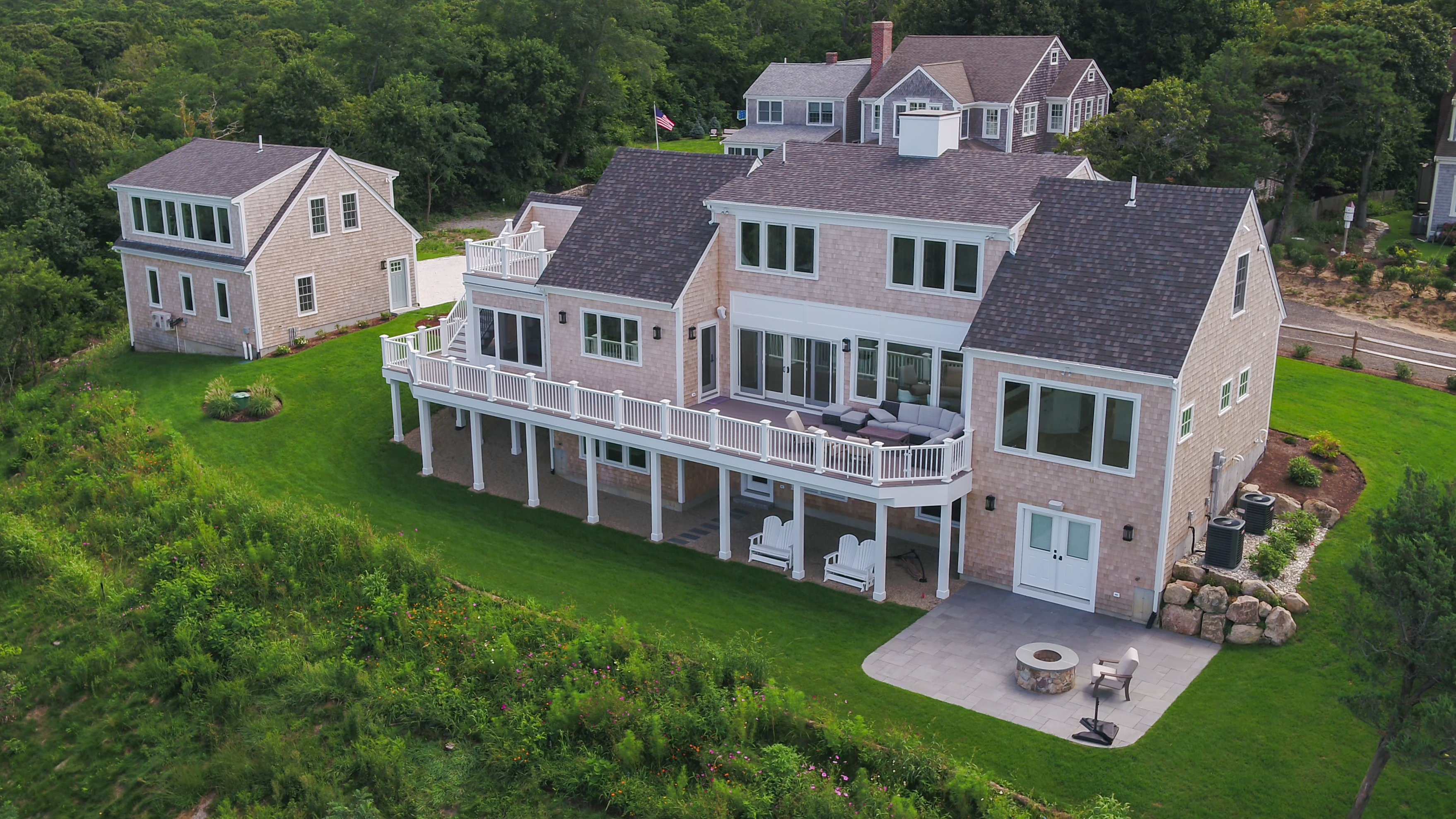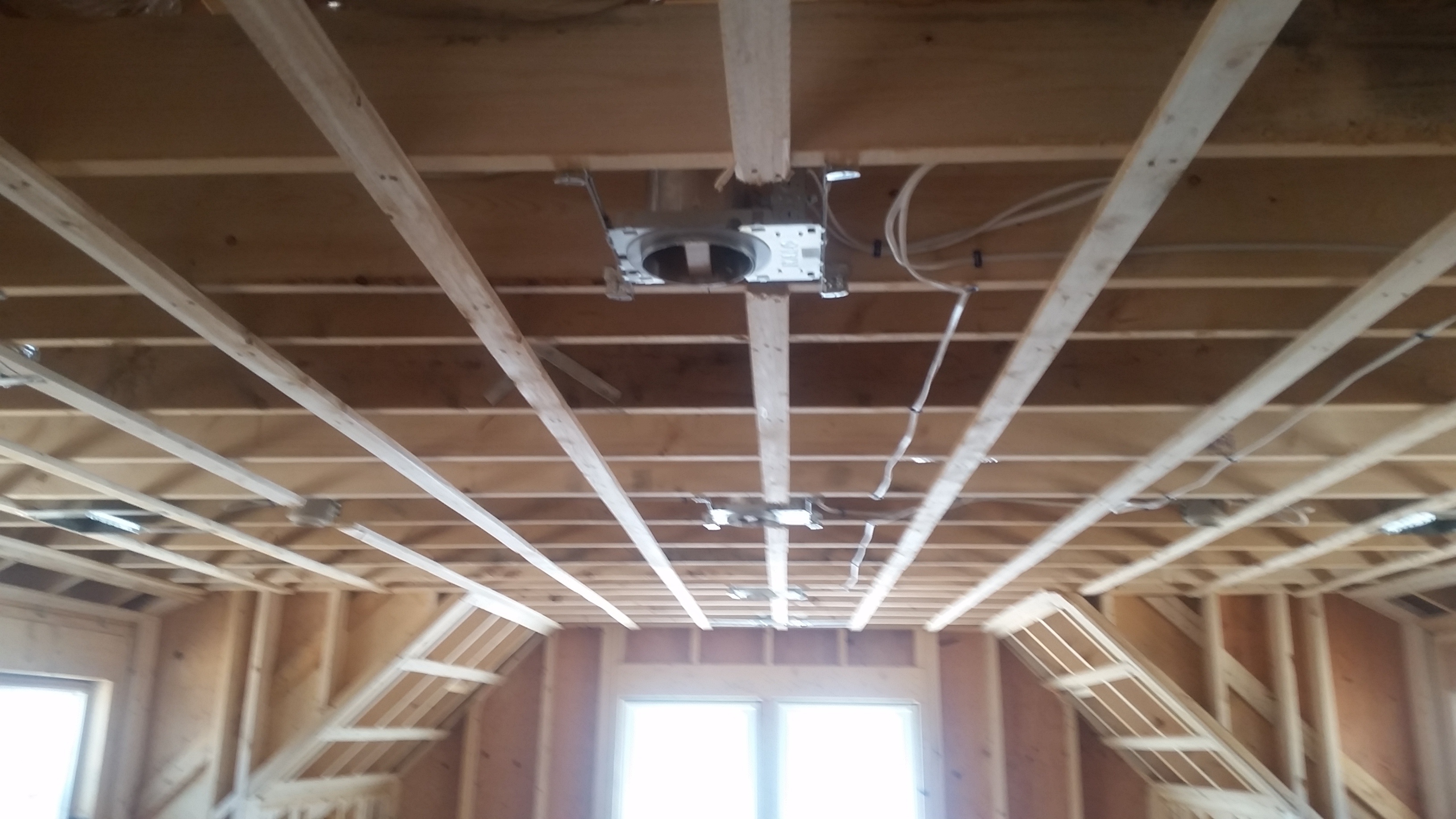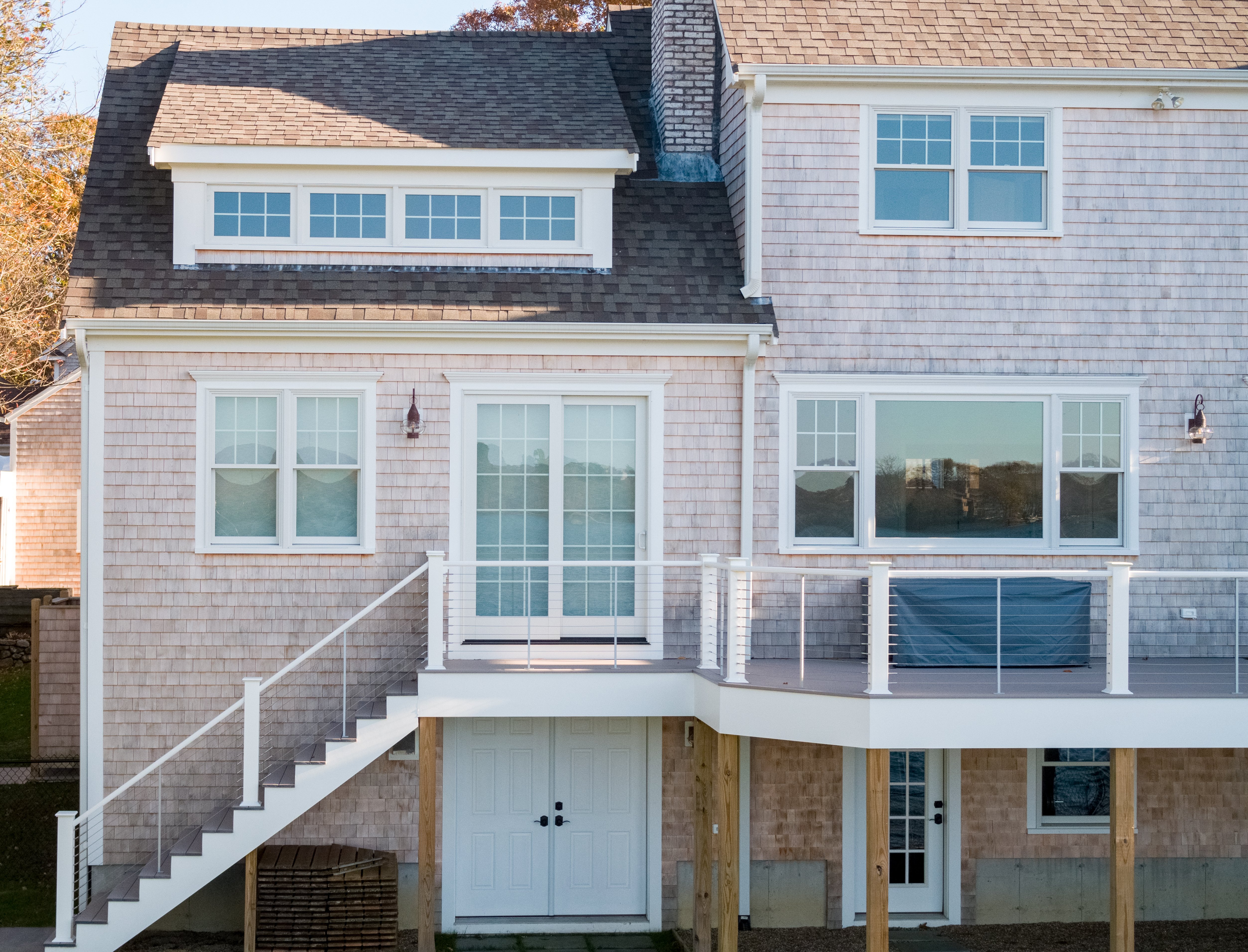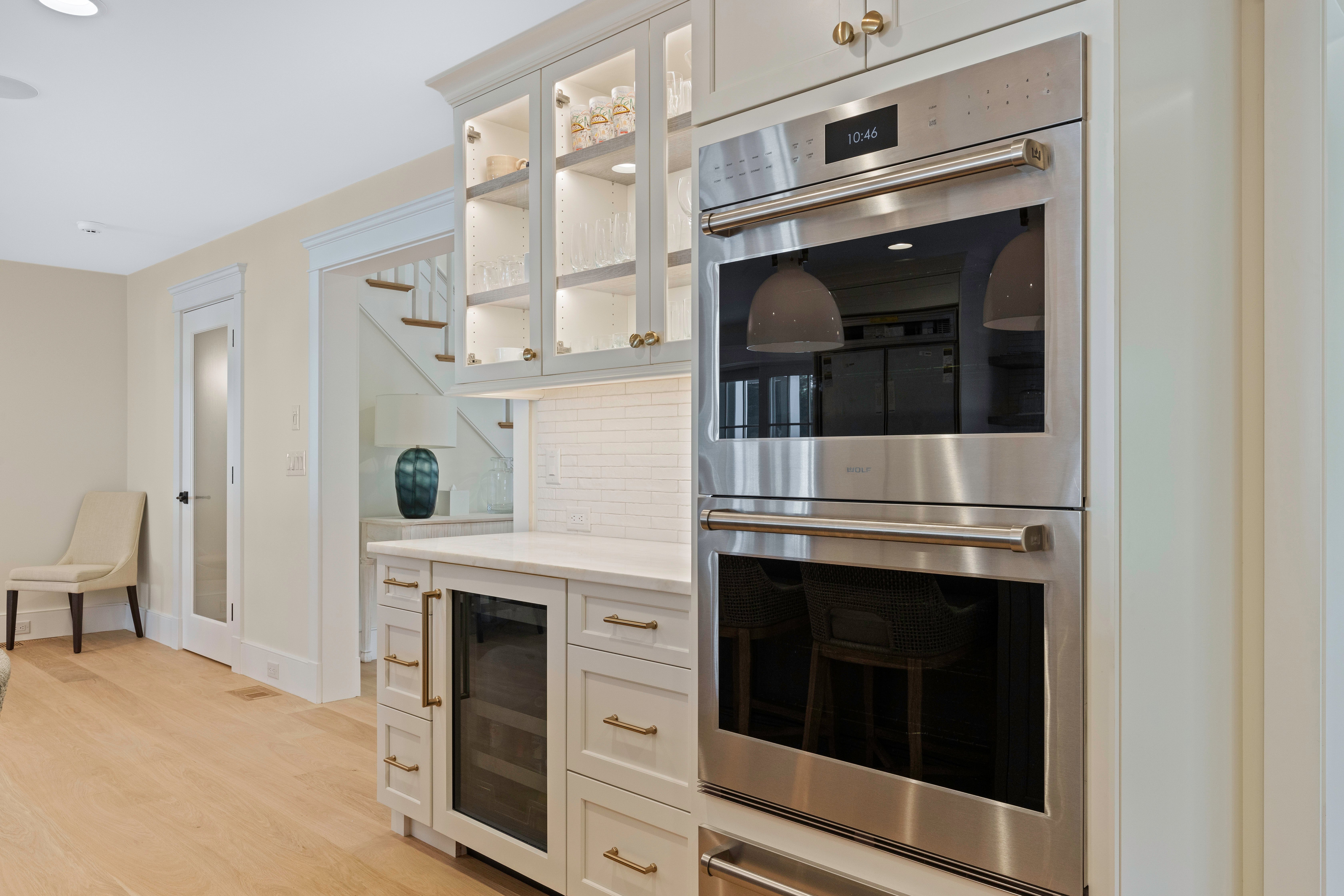Understanding the Importance of Building Green Design
Building green design is an approach to construction that focuses on creating environmentally-friendly and energy-efficient buildings. It takes into consideration the entire lifecycle of a building, from design and construction to operation and maintenance. By prioritizing sustainability and energy efficiency, building green design aims to minimize the environmental impact of buildings and reduce energy consumption.
There are several reasons why building green design is important. First, it helps to reduce greenhouse gas emissions and combat climate change. Buildings are responsible for a significant portion of global energy consumption and carbon dioxide emissions. By implementing green design principles, such as using renewable energy sources and optimizing energy usage, buildings can become more energy-efficient and contribute less to climate change.
Second, building green design promotes resource conservation. It emphasizes the use of sustainable materials and construction practices that minimize waste and reduce the depletion of natural resources. For example, incorporating recycled materials, using water-saving fixtures, and implementing efficient waste management systems can all contribute to resource conservation.
Lastly, building green design prioritizes the health and well-being of occupants. Green buildings often have better indoor air quality, natural lighting, and thermal comfort, which can lead to improved occupant satisfaction, productivity, and overall well-being. Additionally, green design strategies, such as incorporating green spaces and promoting active transportation, can enhance the overall livability of a building and its surrounding community.
Overall, understanding the importance of building green design is crucial in creating sustainable and energy-efficient buildings that benefit both the environment and the people who inhabit them.

Benefits of a High Performance Building Envelope
A high performance building envelope refers to the exterior components of a building that provide thermal insulation, air sealing, moisture management, and protection from the elements. Investing in a high performance building envelope offers several benefits:
1. Improved Energy Efficiency: The primary benefit of a high performance building envelope is improved energy efficiency. By minimizing heat transfer and air leakage, a high performance envelope helps to reduce the need for heating and cooling, resulting in lower energy consumption and cost savings.
2. Enhanced Comfort: A high performance building envelope helps to maintain a consistent indoor temperature, reducing drafts, cold spots, and heat loss. This leads to increased occupant comfort and satisfaction.
3. Reduced Environmental Impact: By reducing energy consumption, a high performance building envelope helps to lower greenhouse gas emissions and decrease the building's overall environmental impact. This is particularly important in the context of climate change mitigation.
4. Long-Term Durability: A high performance building envelope is designed to withstand the elements and resist moisture intrusion. This helps to prevent structural damage, mold growth, and other issues that can compromise the integrity of the building over time.
5. Improved Indoor Air Quality: A high performance building envelope helps to minimize air leakage, reducing the infiltration of outdoor pollutants and allergens. This contributes to a healthier indoor environment and better indoor air quality for occupants.
In summary, a high performance building envelope offers numerous benefits, including improved energy efficiency, enhanced comfort, reduced environmental impact, long-term durability, and improved indoor air quality.

Key Elements of a High Performance Envelope
A high performance building envelope is composed of several key elements that work together to provide thermal insulation, air sealing, moisture management, and protection from the elements. These elements include:
1. Insulation: Insulation is a critical component of a high performance building envelope. It helps to reduce heat transfer through the walls, roof, and floors, keeping the indoor temperature stable and reducing the need for heating and cooling.
2. Air Barrier: An effective air barrier is essential for preventing air leakage and reducing drafts. It helps to maintain a tight building envelope and improve energy efficiency.
3. Vapor Barrier: A vapor barrier is used to control moisture diffusion and prevent condensation within the building envelope. It helps to protect the structural integrity of the building and prevent mold growth.
4. Windows and Doors: High performance windows and doors are designed to minimize heat transfer and air leakage. They often have multiple glazing layers, low-emissivity coatings, and insulated frames to improve energy efficiency.
5. Roofing: A high performance roof is designed to reflect solar heat, provide insulation, and resist moisture intrusion. It helps to reduce heat gain in the summer and heat loss in the winter.

These key elements work together to create a high performance building envelope that maximizes energy efficiency, minimizes air leakage, manages moisture effectively, and protects the building from the elements.
Energy Efficiency Strategies for Building Green Design
Building green design incorporates various energy efficiency strategies to minimize energy consumption and reduce environmental impact. Some common energy efficiency strategies for building green design include:
1. Passive Design: Passive design principles aim to maximize natural heating, cooling, and lighting in a building, reducing the need for mechanical systems. This can include orienting the building to take advantage of solar heat, incorporating shading devices to prevent direct sunlight, and optimizing natural ventilation and daylighting.
2. Energy-Efficient HVAC Systems: High-performance HVAC (heating, ventilation, and air conditioning) systems are designed to minimize energy use while maintaining occupant comfort. This can include using energy-efficient equipment, implementing zoning systems, and optimizing HVAC controls.
3. Efficient Lighting: Energy-efficient lighting systems, such as LED (light-emitting diode) lights, can significantly reduce energy consumption. Incorporating natural lighting strategies, such as skylights and light shelves, can also help to minimize the need for artificial lighting.
4. Renewable Energy Sources: Integrating renewable energy sources, such as solar panels or wind turbines, can further reduce a building's reliance on fossil fuels and lower its carbon footprint.
5. Building Automation Systems: Building automation systems help to optimize energy usage by automatically controlling and monitoring various building systems, such as lighting, HVAC, and occupancy sensors.
By implementing these energy efficiency strategies, buildings can achieve significant energy savings and contribute to a more sustainable future.

Case Studies Highlighting Energy Savings with High Performance Envelopes
Numerous case studies have demonstrated the energy savings and environmental benefits of implementing a high performance building envelope. Here are a few examples:
1. The Bullitt Center in Seattle, Washington: The Bullitt Center is a commercial office building that achieved net-zero energy status by incorporating a high performance envelope, solar panels, and energy-efficient systems. It produces as much energy as it consumes, resulting in significant energy savings and carbon emissions reduction.
2. The Empire State Building Retrofit in New York City: The Empire State Building underwent a major retrofit, which included upgrading the building envelope to improve energy efficiency. As a result, the building achieved a 38% reduction in energy use and saved millions of dollars in energy costs.
3. The Rocky Mountain Institute Innovation Center in Colorado: The Rocky Mountain Institute Innovation Center is a high-performance building that showcases advanced energy efficiency and sustainable design. Its high performance envelope contributes to substantial energy savings and a comfortable indoor environment.
These case studies highlight the real-world benefits of investing in a high performance building envelope, including significant energy savings, cost savings, and reduced environmental impact.
REEF Builders provides complete real estate and design / build services for finely built, high efficiency new homes, renovations and additions. If you are interested in building or renovating a home on Cape Cod, consider a team that has successfully completed over 1500 projects in the area. Click below to find current per square foot costs to build here on Cape Cod
Cape Cod Construction Cost Guide




